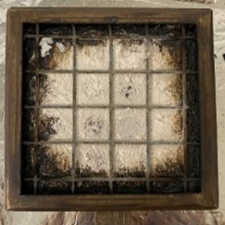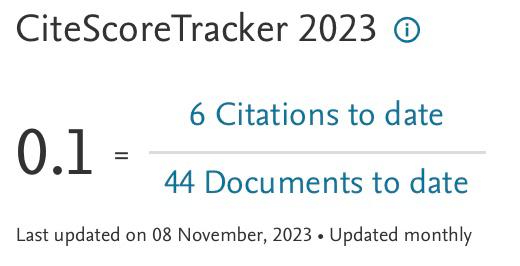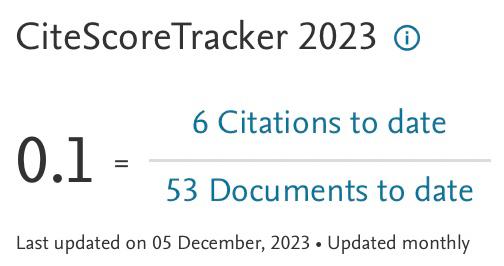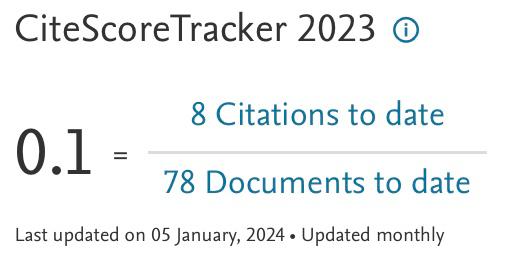The Effect of Di-Ammonium Phosphate (DAP) towards Flammability Properties of Polyester-Cotton Military Fabrics
DOI:
https://doi.org/10.37934/aram.124.1.190197Keywords:
Flammability Properties, Cone Calorimeter , Limited Oxygen Index, Military FabricsAbstract
Polyester-cotton fabric is one of the most common materials used in military fabrics. The study of the suitable fabric material is critical because military personnel must prepare themselves from inevitable events such as heat exposure. Therefore, the purpose of this study was to examine the flammability features of various cotton compositions in polyester-cotton military textiles with and without the presence of Di-ammonium Phosphate (DAP). We performed a full flammability test, including a cone calorimeter test and a limited oxygen index (LOI) test on three distinct types of polyester-cotton textiles treated with 10% di-ammonium phosphate (DAP). The result shows that, the higher the percentage of cotton, the lower the fire-retardant properties. Besides that, this study also found that the di-ammonium phosphate (DAP) improves the flammable properties of the military fabric.






















